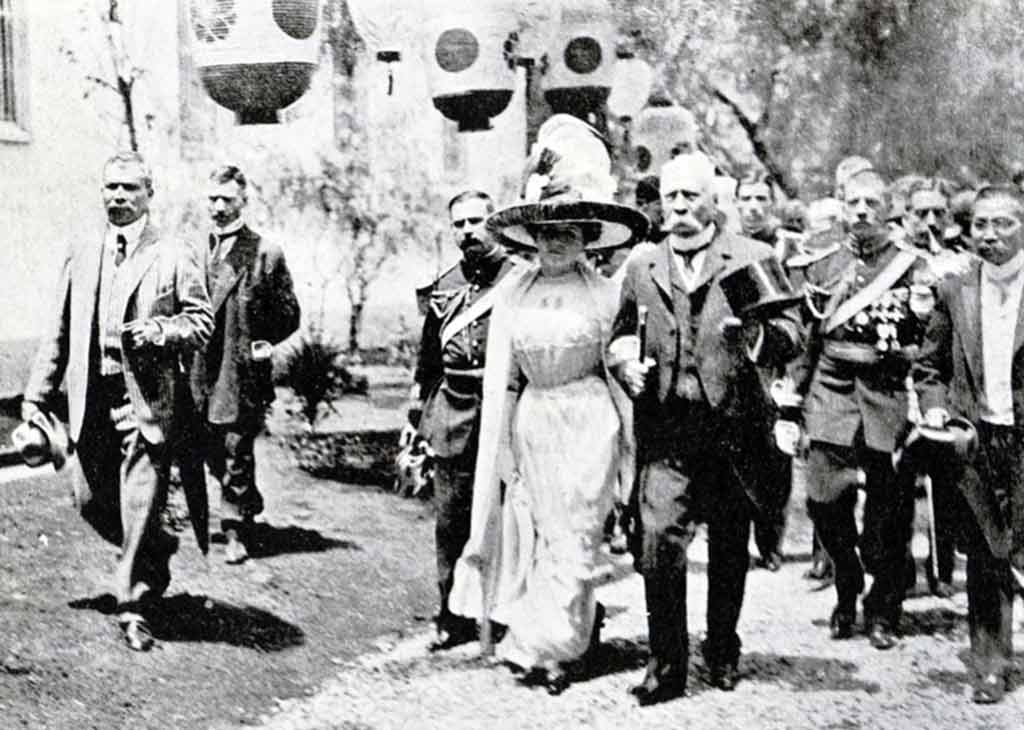Catrinas Everywhere
From lowriders to Barbie dolls, La Catrina’s image has become a cultural icon with the accompanying questions regarding the line between appropriation and appreciation. What do you think when you scroll through the images of these items on which Catrina has appeared?
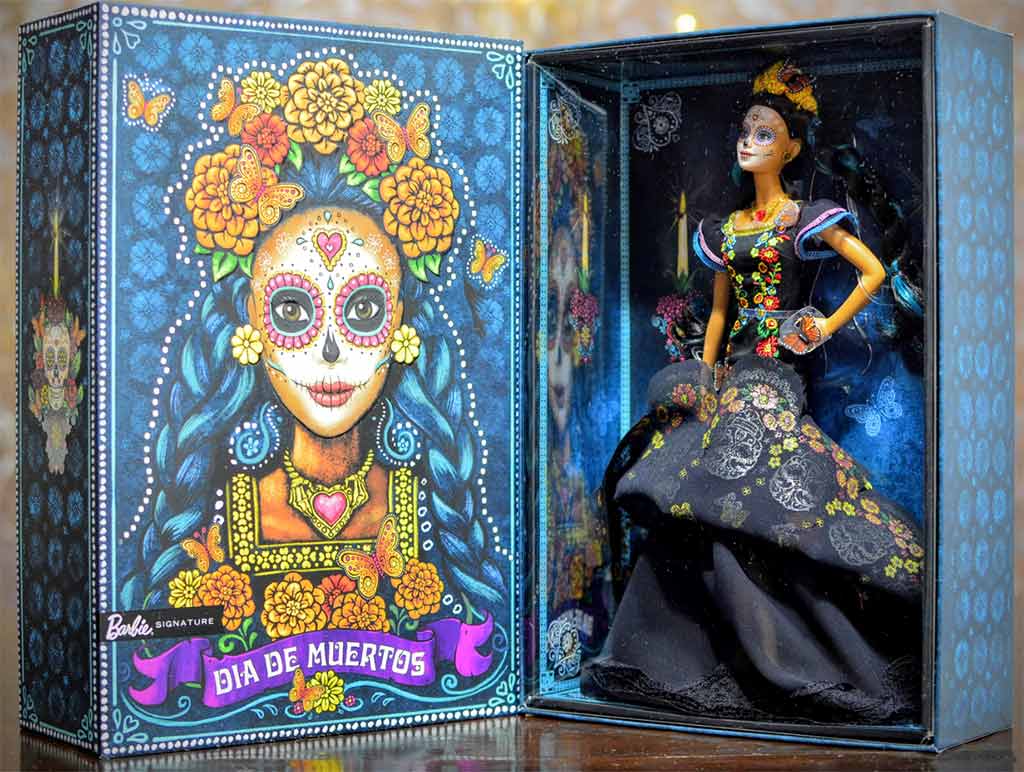
Catrina Barbie from the Dia de Muertos Collection, manufactured by Mattel beginning in 2018
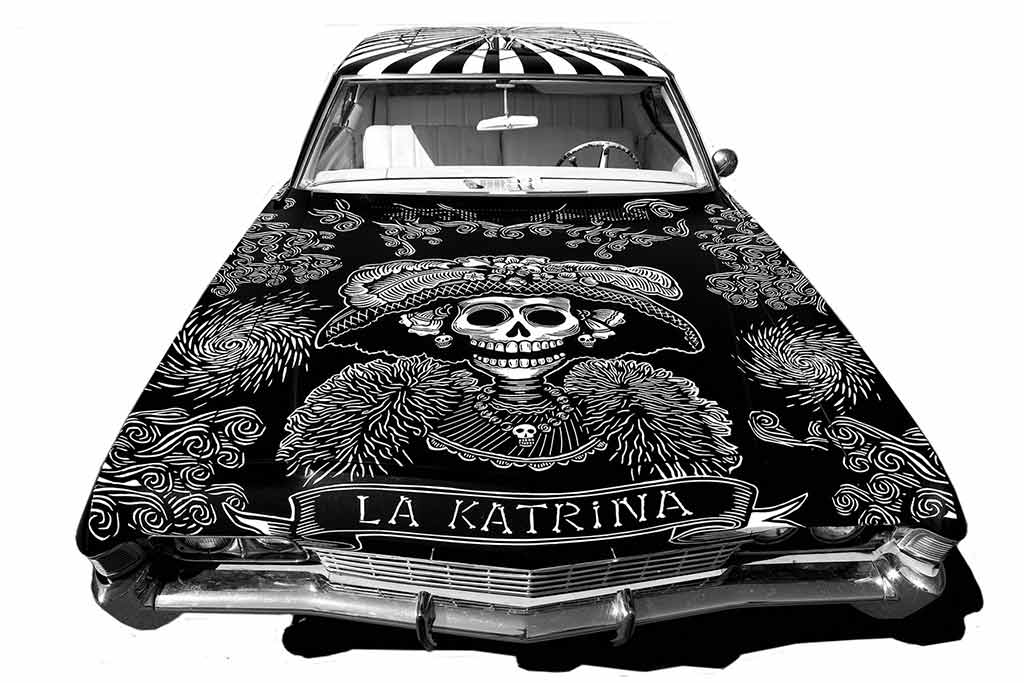
“El Muertorider,” customized 1968 Chevrolet Impala by Artemio Rodriguez and John Jota Leanos, 2006
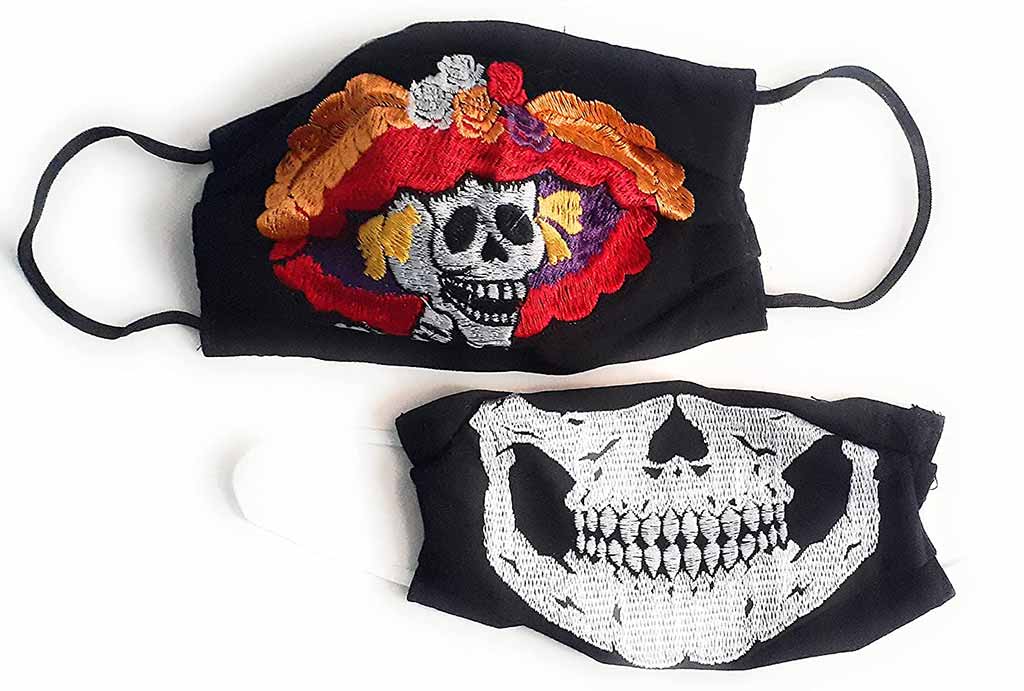
La Catrina face mask on Amazon.com
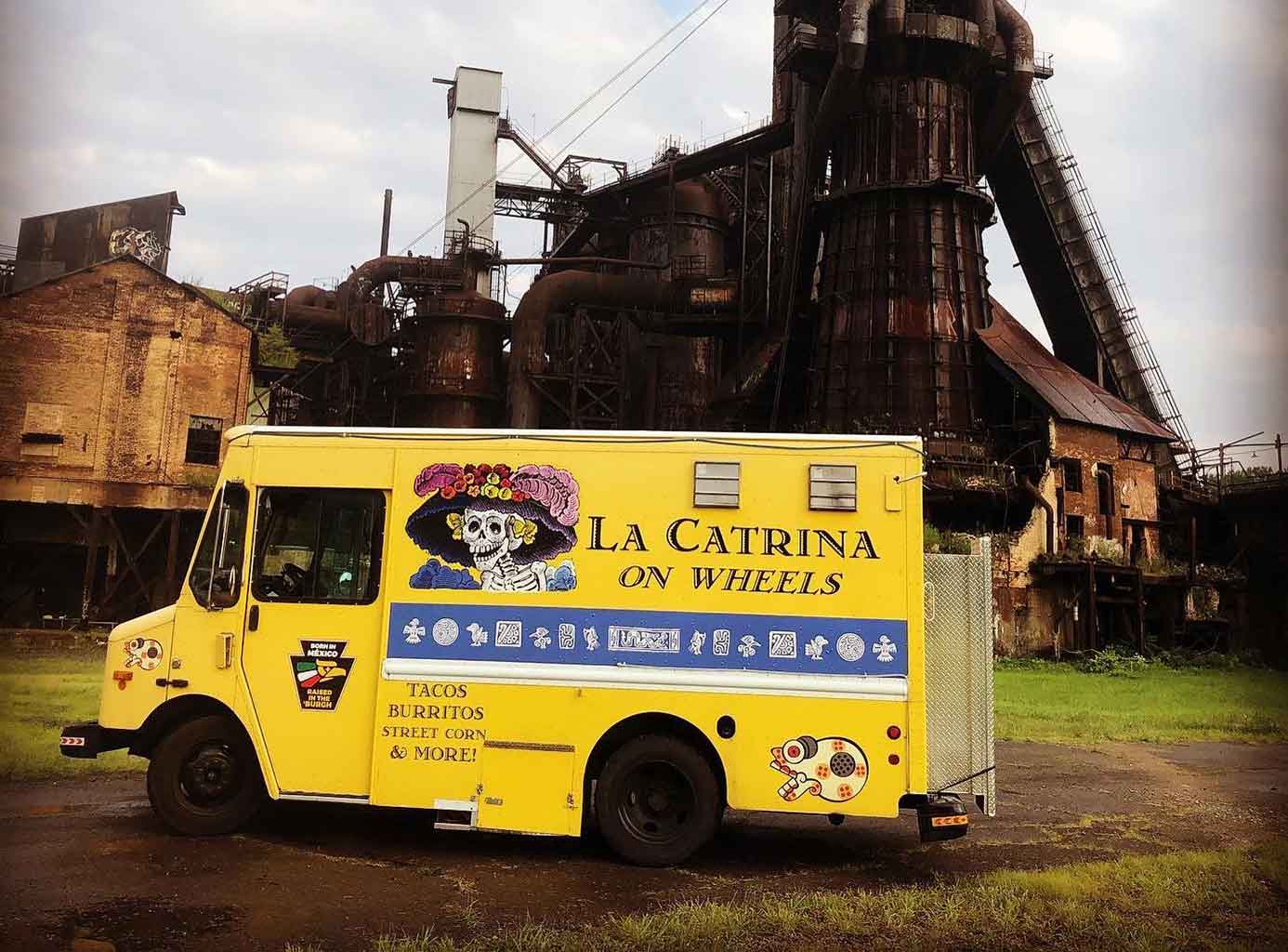
La Catrina food truck in Pittsburgh
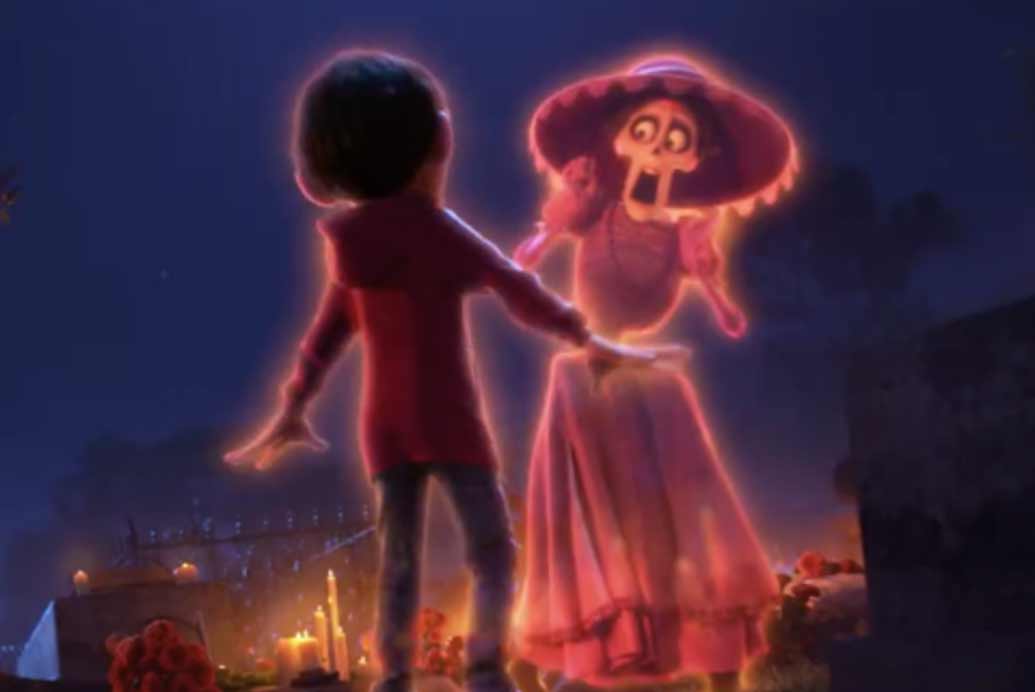
Coco screen grab
Calavera Precedents
The Spanish invasion of Mexico’s Aztec Empire in 1519–21 gave rise to a blending of cultural traditions and religion. The Aztec celebration of the Goddess of the Dead, Mictecacihuatl, who is often depicted as a skeleton, merged with the Christian observance of All Saints’ Day to become Día de los Muertos, or the Day of the Dead. Similarly, Posada’s calaveras share their lineage with both Mexican and European pictorial precedent. Scroll through the images to see examples of Mexican and European animated skeletons.
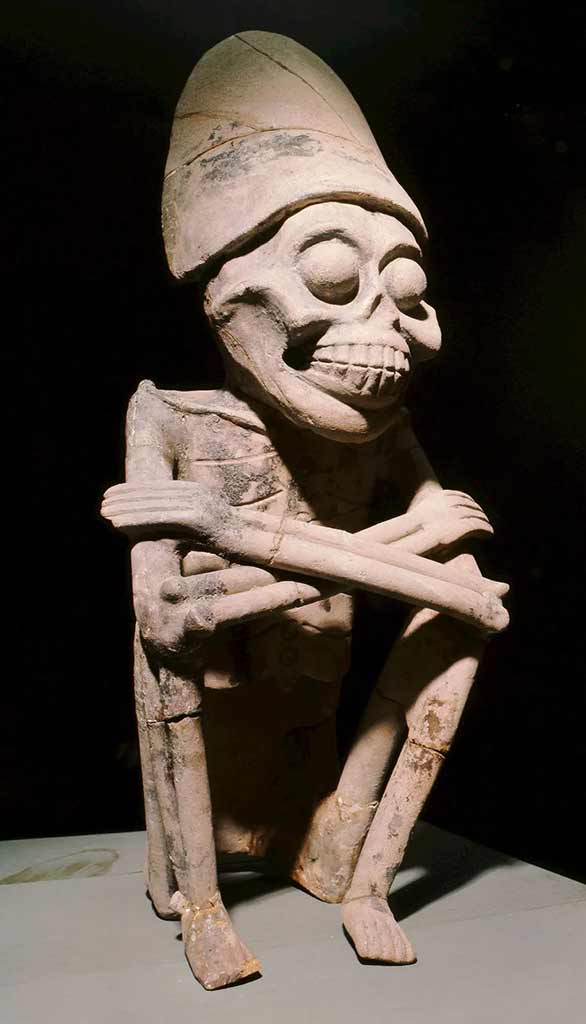
Figure of Mictecacihuatl, c. 600–900 Mud and clay. Anthropological Museum of Veracruz, Mexico
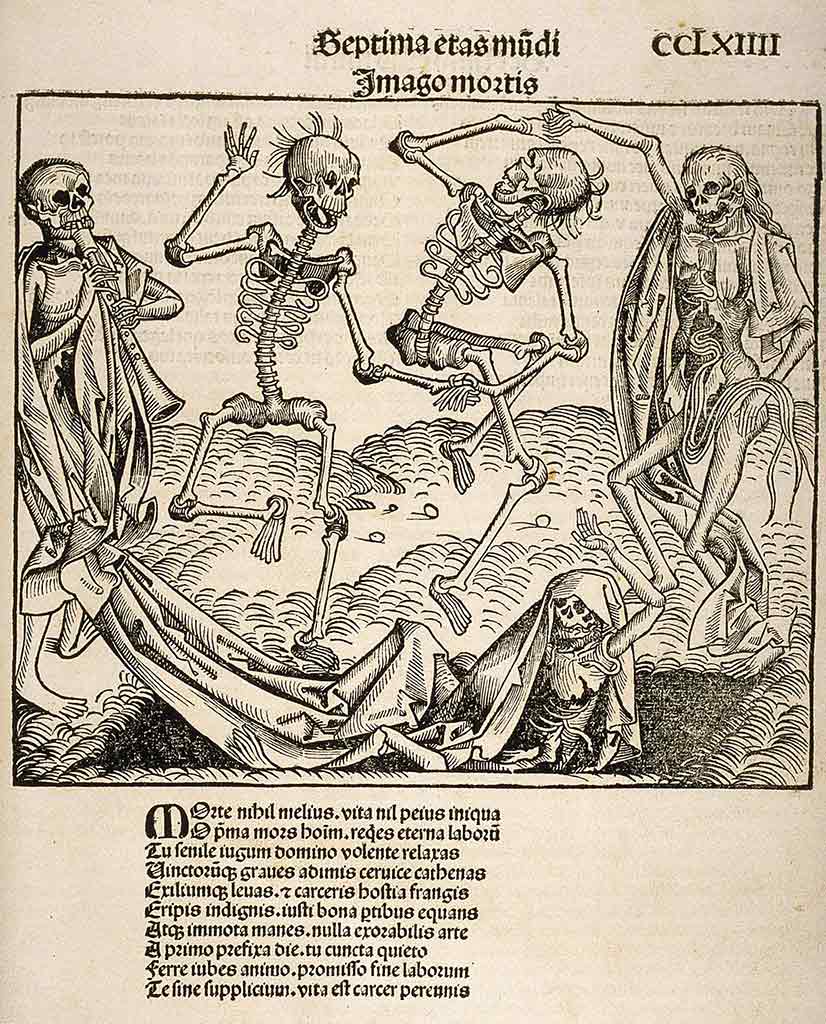
Michael Wolgemut (German, 1434–1519), Dance of Death, leaf from The Nuremberg Chronicle, 1493. Woodcut and letterpress. Metropolitan Museum of Art, 2018.839.160
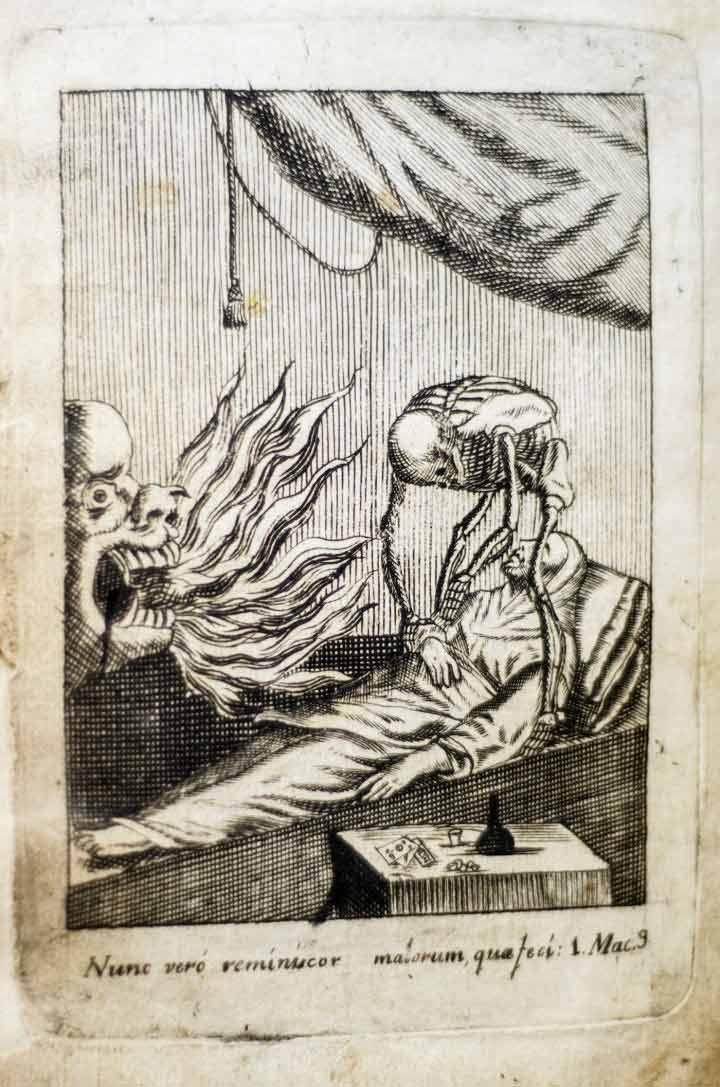
Joaquín Bolaños, La portentosa vida de la Muerte, 1792, Engravings by Franciso Aguera Bustamente. Published in México: Impresa en la oficina de los herederos del Lic. D. Joseph de Jauregui. Special Collections and Archives, University of Missouri Libraries.
European Fashion
La Catrina’s fancy hat, complete with ostrich feathers, is an indictment of Porfirio Díaz and aristocratic Mexicans who sought to imitate European fashion, customs, and culture. This rare photograph of Díaz and his wife, Carmen Romero Rubio, taken in 1910, shows Carmen wearing a hat nearly identical to La Catrina.
